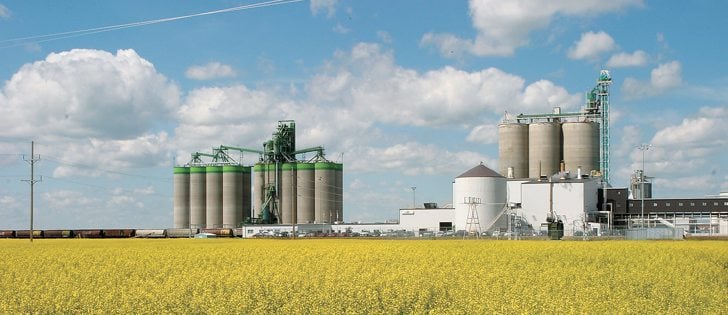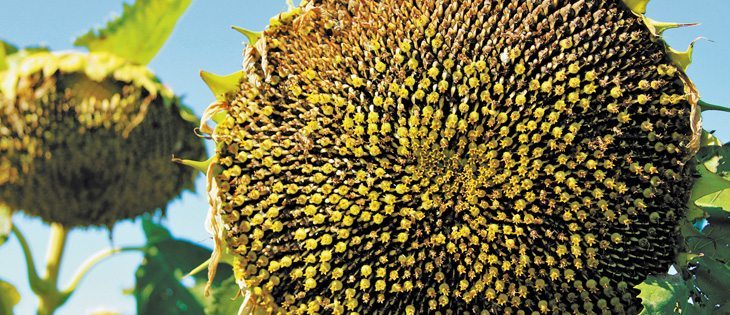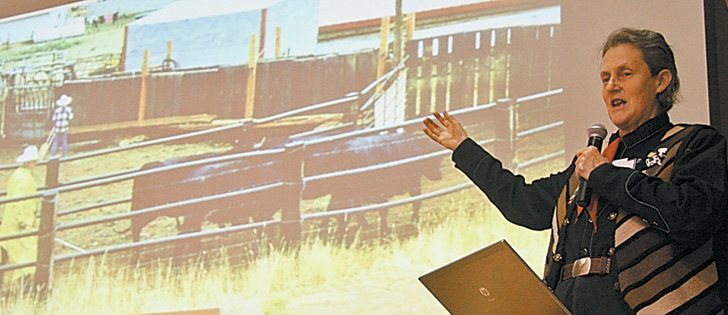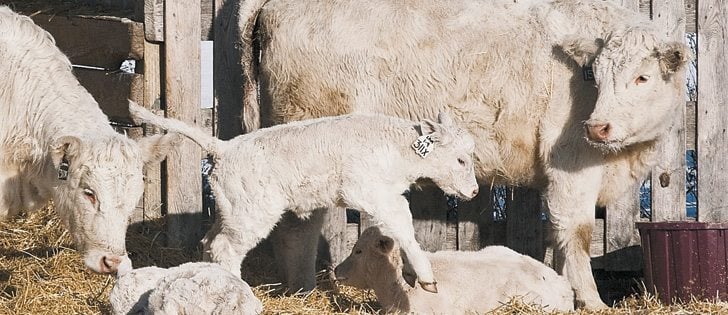Fed cattle steady
Fed cattle prices were mostly steady last week, a surprise given the weak Chicago fed cattle futures and a fairly strong Canadian dollar.
For the week, steers traded $80.65-$82 per hundredweight and flat rail $134-$135.85.
Heifers were $80.65 live, but most of the trade was on the rail at $134-$135.85.
Read Also

One Beer Market Updates Day 3 – Lentils and beef
Day 3 of the One Beer Market Update at Ag in Motion 2025.
Steers averaged $81.54 per cwt., up 29 cents, and heifers averaged $80.69, down 23 cents.
Sales totalled about 19,000 head, up 14 percent from the week before and two percent lower than last year.
Packers are behind in taking their purchased inventory with a pick-up delay of about three weeks. Carcass weights are up. Market-ready supply is expected to tighten this month, which should help with the backlog.
For the week ending Sept. 26, Alberta slaughter was 47,811 head, down 10 percent from the week before.
Fed cattle exports to the United States for the week ending Sept. 19 totalled 10,294 head, almost steady with the week before.
D1, 2 cows dropped $2.01 to average $38.22 per cwt. D3 cows were down $2.29 to average $33.50.
Butcher bulls fell $1.57 to average $48.26 per cwt.
Non-fed slaughter exports for the week of Sept. 19 rose two percent from the previous week.
Larger non-fed volumes are expected this week, but a smaller offering of fed cattle could make kill space available for cows.
Feeder market weaker
Feeder steer prices averaged 20 cents per cwt. lower last week, and heifers were down 45 cents.
Demand for 300-500 pound steer calves softened and prices fell $1 lower, while 500-600 lb. steers traded 63 cents lower.
Steers 600-800 lb. fell 13 to 32 cents, but interest in animals heavier than 900 lb. was strong with prices $1.35 higher.
Stocker heifer calves generally traded $1-$2 lower, while heavier than 700 lb. grass types rose.
Auction volume was 43,462 head, down 13 percent from the week before and down eight percent from last year.
Feeder exports to the U.S. two weeks ago totalled 3,527 head, up 35 percent from the previous week but 83 percent lower than last year.
To date, feeder exports are running at about 50 percent of last year.
With cereal grain harvest wrapping up, farmers are now focusing on weaning pairs, so feeder auction volumes are expected to increase.
Although there is interest in yearlings for early financial year-end, calf prices are expected to be pressured lower this month as volumes increase.
Most of the bred females sold are being slaughtered and few, if any, pairs have been reported at auction.
More cattle should come off pasture as mixed farmers get a break from combining. As a result, a larger volume of weaned cows and calves will be available.
Beef prices lower
The U.S. Choice cutout fell $4.09 US to close at $136.25, and Select was down $2.50, to $131.08.
Canadian AAA cutouts the week ending Sept. 25 rose 22 cents Cdn from the week before and were $17.93 or 11 percent lower than last year.
AA cutouts were down $1.11 from the previous week and were $15.50 or nine percent lower than last year.
The Montreal wholesale market for delivery this week was down more than $3 with a range of $165-$170.
The Alberta live steer price as a percent of AAA cutout was slightly more than 55 percent, mostly steady with last week.
















